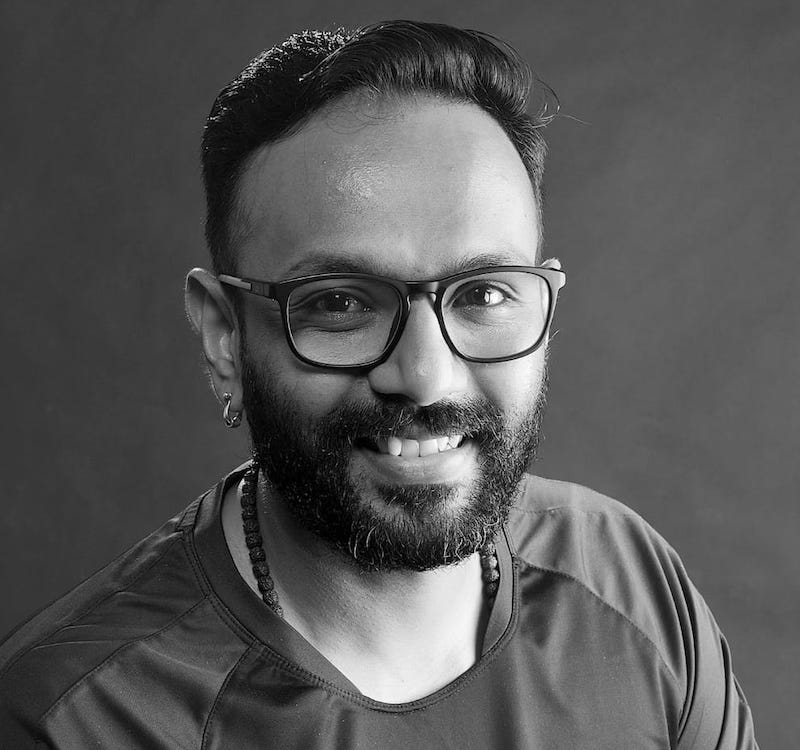Recently, philmCGI appointed Sanjay Rajan at the newly opened branch at Thrissur. Having worked with various animation studios across India; likes of which include Toonz Animation Studio, Krayon Pictures, Prana Studio and Xentrix Studios.
AnimationXpress had a candid chat with Sanjay where he touched upon his journey, recent trends that dominate the industry and the latest technology and tools that are powering the VFX scenario as we know it.
Speaking about his journey, he shared, “I studied animation along with my graduation in commerce and completed them parallelly. It was the budding years of the animation industry in India and, honestly, a risky career to pursue. But it was way too exciting, so I followed it through. In the beginning, I worked as a freelancer for local content in Kerala. In the two decades since, I have worked with some major animation studios in India like Toonz, Prana, Krayon pictures, Xentrix studios and have witnessed the major trends and phases of the Indian animation industry.”
According to him, every projects has its own set of challenges and artists always learn something new each time they work on a piece of content. “Some unique challenges teach us to face new problems and some where we can use prior experience and knowledge. But one project that remained close to my heart and gave me immense pleasure to be a part of is Delhi Safari, which won the 2011 National Film Award for the best-animated movie.”
On being asked about his recent appointment at philmCGI, he shared, “philmCGI is the team I worked with earlier in Krayon pictures, and we had bonded over some excellent work. Most of the time, the quality of the project and the satisfaction in seeing it through depend not just on the script but also on the team, the understanding you share, and the support you receive. It makes the project an enjoyable experience for everyone. I share such rapport with this team. I look forward to making some amazing content as part of the philmCGI team.”
philmCGI is currently working on a variety of series and movies for OTT platforms and Bollywood feature films. “Our extension to South India will help us carve out a niche in the South Indian cinemas. We have a pool of highly talented artists from across India. We are developing a team proficient in high-end VFX production and the latest techniques like virtual production. Through these upskilling and training activities, we are gearing up to accept more exciting international projects,” he expounded.
He informed that the newly set up branch at Thrissur is already working on CG as well as VFX projects. “We have around 80 artists in Thrissur, encompassing asset development, animation, and VFX. We have a technical pipeline to support a hybrid work system where people can work from the office or remotely. We will continue to give the flexibility of remote work even after the pandemic,” he added.
VFX industry has recently been abuzz with the wonders of the new filmmaking tool called virtual production which allows artists to create breathtaking images in real time using in-camera visual effects. Speaking about its application in the Indian sphere of content production, he informs, “Virtual production is the latest technology in the VFX industry and is in its infancy here in India. It still needs to be streamlined and experimented with to bring out its full capability. However, we have used a partial form of this technique, and we are quite excited about its potential. We have built a specialized team to train in this technology.”
While the awareness of VFX was lacking earlier, he informs that Indian content producers have come a long way.
“Something the industry is witnessing now is the wide use of VFX in cinemas of all budgets. The apprehension and ignorance about this technology are far behind us. The production houses have started developing projects incorporating VFX from the very start,” he shared.
He shares that the use of gaming engines like Unreal is something he is really thrilled about. “This has brought about a massive change in film production. The shift from green matte shooting to LED screen shooting is a significant development. It’s economical and far more efficient,” he concludes.


